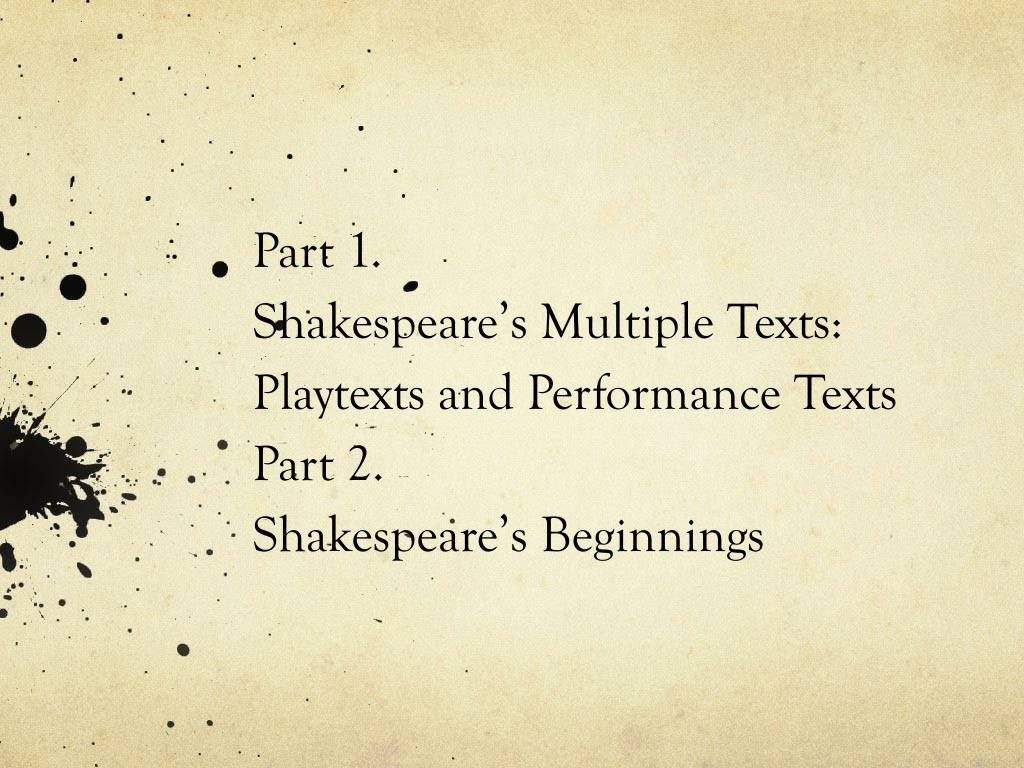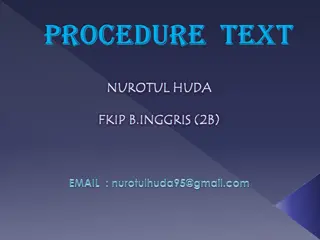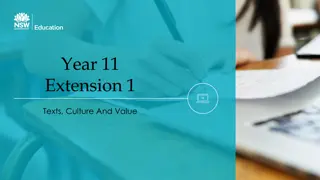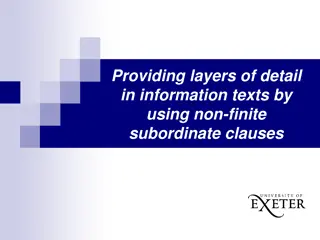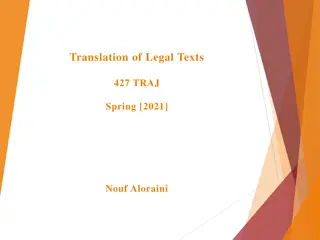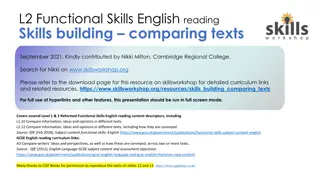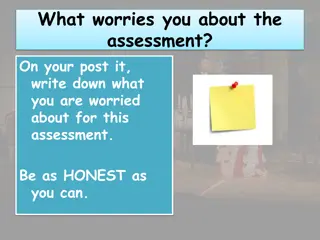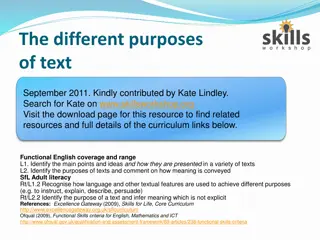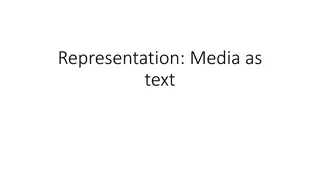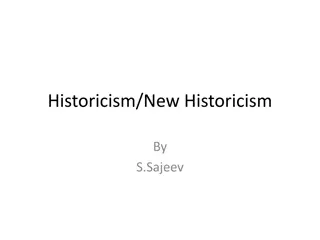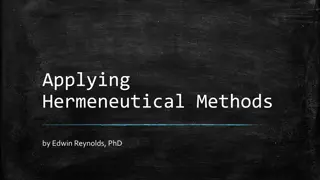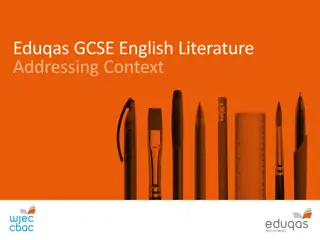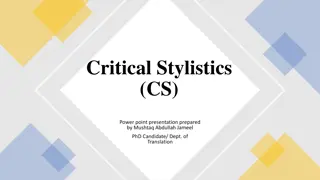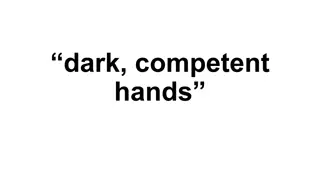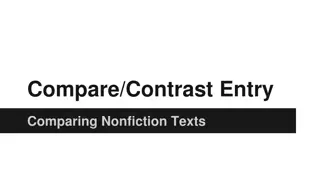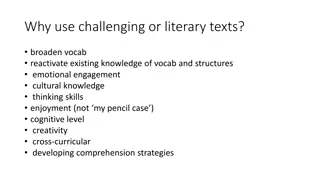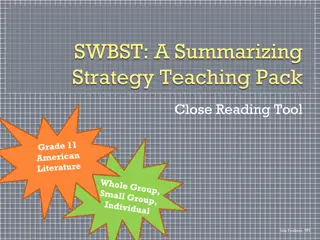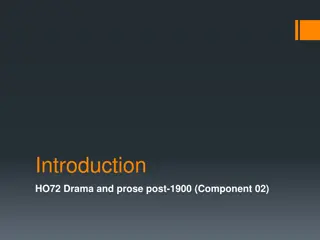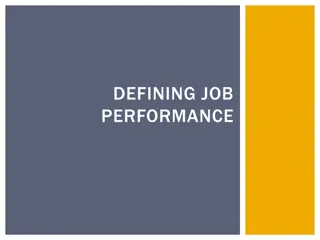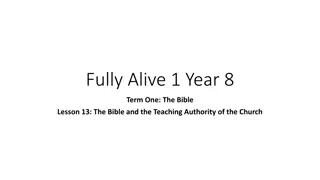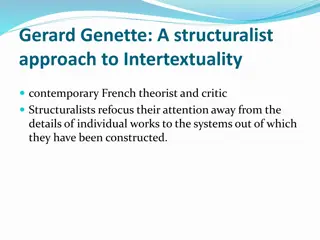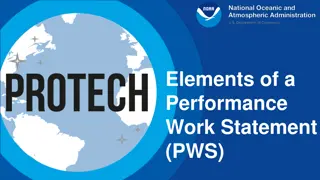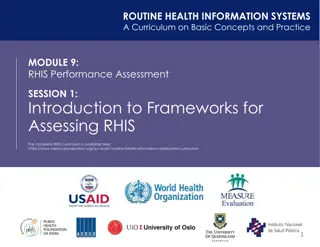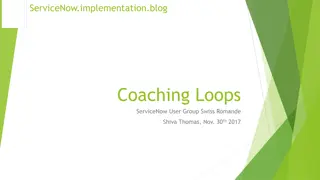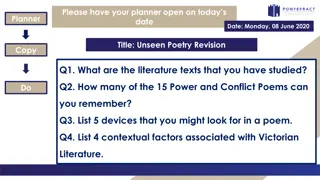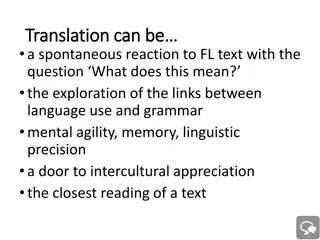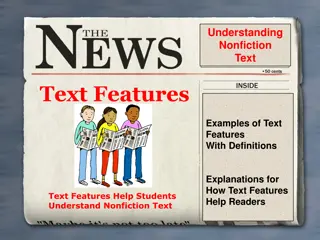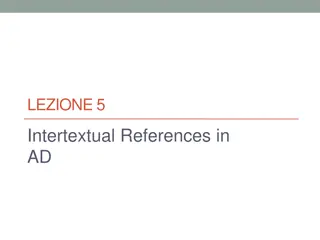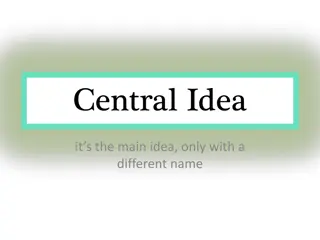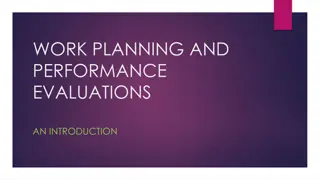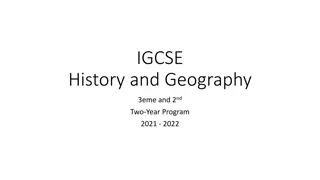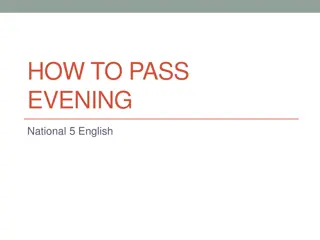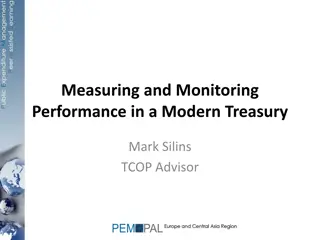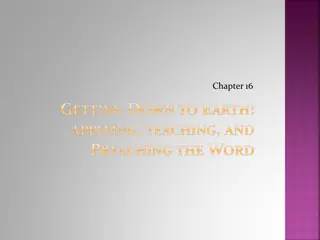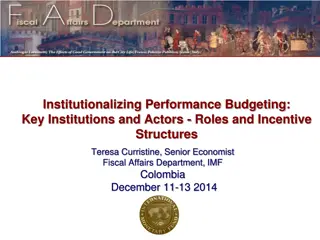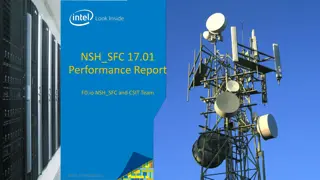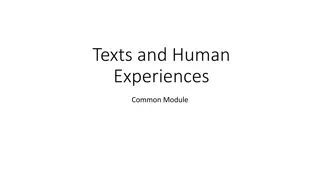Understanding Shakespeare's Playtexts and Performance Texts
Dive into Shakespeare's world of multiple texts, exploring the nuances between playtexts and performance texts. Discover the collaborative nature of early modern playwriting and the significance of deciphering performance elements in comprehending his works. Unveil the intersection of written words and enacted play on stage, shedding light on the dynamic relationship between the published text and its theatrical realization.
Uploaded on Oct 07, 2024 | 0 Views
Download Presentation

Please find below an Image/Link to download the presentation.
The content on the website is provided AS IS for your information and personal use only. It may not be sold, licensed, or shared on other websites without obtaining consent from the author. Download presentation by click this link. If you encounter any issues during the download, it is possible that the publisher has removed the file from their server.
E N D
Presentation Transcript
Part 1. Shakespeare s Multiple Texts: Playtexts and Performance Texts Part 2. Shakespeare s Beginnings
Snug: Have you the lions part written? Pray you, if it be, give it me; for I am slow of study. Quince: You may do it extempore*, for it is nothing but roaring A Midsummer Night s Dream 1.2.62-65 *extempore: Latin, literally out of the moment , off the cuff, improvised, what actors call business or performance
Multiple Texts 1: The Playtext = the words, the book, what was written, published, transmitted to us, now appearing in many editions Learn to be diplomatic about the playtext and its authority. Demystify the idea of the author : cf. the unfixed or unstable text in Hamlet and A Midsummer Night s Dream and the notion of impromptu play in Henry IV: Hamlet (to the Player): Can you play The Murder of Gonzago? We ll ha t tomorrow night. You could for need study a speech of some dozen lines, or sixteen lines, which I would set down and insert in t, could you not? 2.2.474-477 Starveling: I believe we must leave the killing out, when all is done. Bottom: Not a whit; I have a device to make all well. Write me a prologue 3.1.14-16 Early modern playwriting is (always) an act of collaboration that belongs first to the playhouse: Shakespeare the playwright is first Shakespeare the actor writing for a (known) company of actors Writing for publication: Mr. William Shakespeare s Comedies, Histories & Tragedies Published according to the True Original Copies = the First Folio, 1623 (published seven years after Shakespeare death in 1616). Comprises 36 plays: 18 never before published; 18 others previously published during Shakespeare s lifetime in cheap quarto editions. Two plays (Pericles, The Two Noble Kinsmen) now attributed to Shakespeare do not appear in the Folio. See multiple published versions of some plays: viz. Hamlet (the bad Quarto 1603; the good Quarto 1604/5; Folio (1623); Romeo and Juliet; King Lear; Othello
Multiple Text 2: The Performance Text = the play that didn t get written down (except for some few, very few, original stage directions) Caution: original vs. [interpolated] stage directions Think: Hamlet without the words The parallel text to the playtext that realises, presents and presents the words Deciphering the performance text: learning to read every line of Shakespeare as if were a stage direction. Until you ve factored in performance, until you ve read the performance text that enacts the playtext, you haven t read the play . Elements of performance: costume, properties ( stuff ), gesture, entrances/exits, spectacle, movement, music/singing, dance/choreography, fight arrangement, above , below , behind , silence. Be alert to: Yorick sskull, Ophelia s memory flowers, Bottom s ass s head, Falstaff s corpulence, Hotspur s map, the male bodies beneath the play played to Christopher Sly as The Taming of the Shrew, the mutilation of Lavinia troping (for the father) the body of Rome that produces bodies baked in a pie and cannibalised (by the mother) at the end. Cf: Read the theatre. Signs = Significance Enter the Funerall of King Henry the Fifth Enter Ghost Enter Titus like a Cook They dance They fight Dies
Multiple Text 3: Production Text = the play that belongs to subsequent performance; the cultural text set free to perform a staggering range of political, aesthetic, commercial work on a global stage Henry IV @ RSC in 2015 A Midsummer Night s Dream directed by Peter Brook (1970) The all-male Taming of the Shrew by Propeller 2008 Titus Andronicus in the Swan directed by Deborah Warner, 1987 Paapa Essiedu as Hamlet 2016 (vs. Olivier, Gielgud, Jacobi, Pennington, Howard, Branagh, Russell Beale, Peake) Shakespeare Now Shakespeare as New Writer Shakespeare Adapted Shakespeare Translated Shakespeare on film
Part 2. Shakespeares Beginnings Neil Bartlett on directing Twelfth Night at the RSC: The whole play: it s in the opening line, viz., If music be the food of love, play on. Hamlet: Bernardo: Who s there? Francisco: Nay, answer me. Stand and unfold yourself. Shrew: Sly: I ll pheeze you, in faith. Hostess: A pair of stocks, you rogue. Titus: Saturninus: Noble patricians, patrons of my right, Defend the justice of my cause with arms. Dream: Theseus: Now fair Hippolyta, our nuptial hour Draws on apace; four happy days bring in Another moon: but Henry IV: King Henry: So shaken as we are, so wan with care, Find we a time for frighted peace to pant
Opening sequence Julie Taymors TITUS (1999) Antony Hopkins as Titus Andronicus
Opening scenes: 1. Begin before the words: performance text precedes playtext, with Enter (Enter who? Enter how? Enter where?) 2. Set a story in motion: story in words (Shakespeare working as the poet), story in action (Shakespeare working as the playwright). 3. Throw images at the spectator: here, the images are visual; but when the play starts talking, the images that assault our senses are verbal, spoken. 4. Rarely start at the narrative beginning of a story (what happened first, what happened before): mostly they tell the story out of sequence, requiring the audience to make sense of things as they patch the story together, accumulatively and / or retrospectively. The order of entrance into the story is crucial: cf. Hamlet, Dream. Then: sequence of opening scene: cf. Dream. 5. Present bodies but frequently withhold identities. (When do we hear names?) 6. Always begin with an event. Something happens. Something spectacular. Something merely quotidian. An election. A wedding announcement. Two soldiers on sentry duty. A child playing. Then something else happens. INTERRUPTION. Enter a Ghost. A furious father. A messenger. A Lord. Enter the past. Interruption changes direction, re-routes the story, opens new matter. Opening of Titus Andronicus: a study in interruption(s) simulated in Taymor s film.
7. At the beginning, Shakespeare-the-poet introduces a language for the play, specific to this play; a lexicon; the way this play will talk: a particular discourse speaking the concerns of the play, an imaginative system. He lays down imagery like explosives in a minefield that are going to detonate across the rest of the play or like magnets pulling more and more meanings together. Language for Shakespeare is a saturated sign system. See: moon , eyes , changed in Dream; king , father , figure , thing in Hamlet; practise , jest , dream , play in Shrew. Imagery that releases the concerns of the play; imagery that contains the concerns of the play. Taymor s Titus: visual anthology. 8. Writes an acoustic: a sound system. ( Now fair Hippolyta vs. I ll pheeze you in faith ). Versions of iambic pentameter; prose. 9. Writes a syntax/rhetoric: a way of putting sentences together across lines (cf. Dream, Now but ). No two plays talk the same. -- Imperatives -- Rolling metaphors -- Interrogatives -- Analogy -- Performatives -- Antithesis: binary thinking -- Enumeration -- Compression 10. Traffics in anachronism: THEN is always NOW. THERE is always HERE. 11. Opening scenes work by deferral: what next? who next? Cf. late entrances (Lavinia, Helena) or non-entrances: where s Hal? Hamlet?
